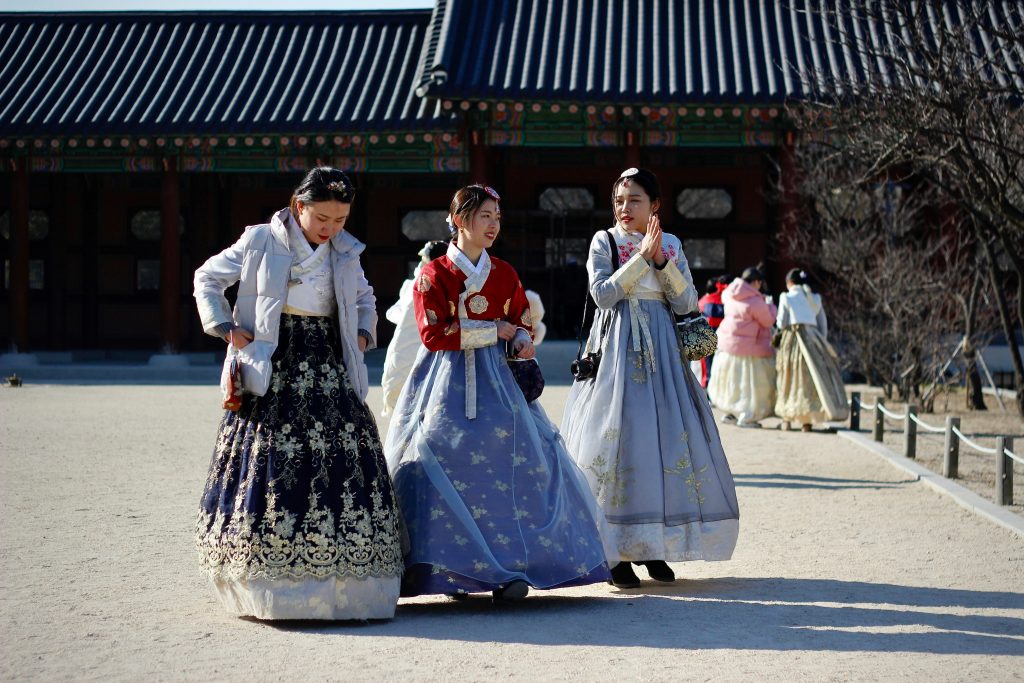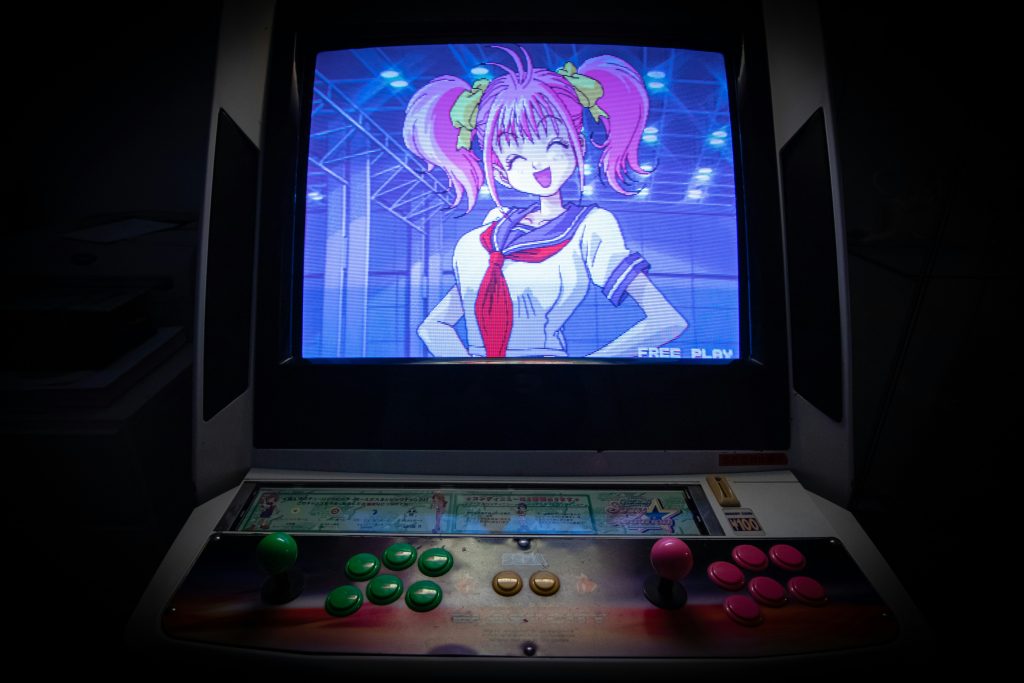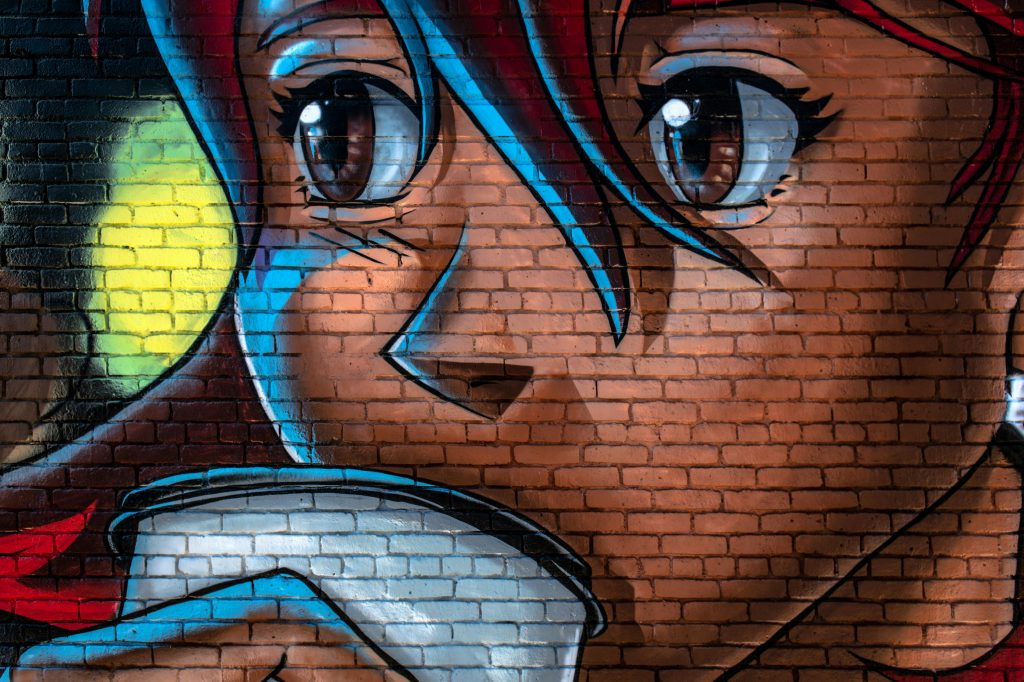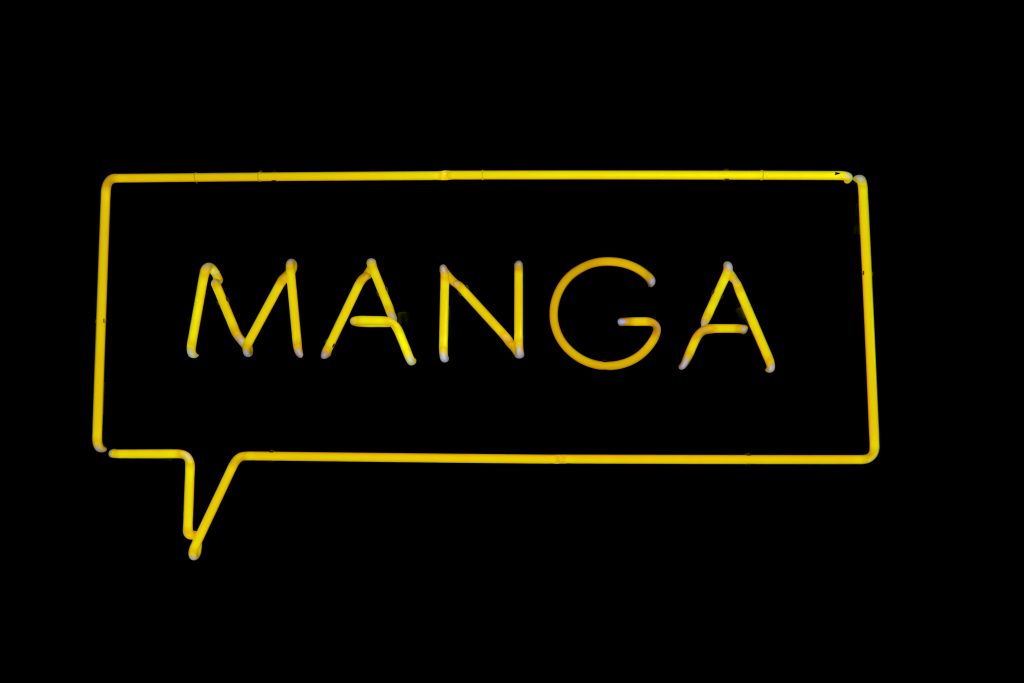The Cultural Fusion of Cartoons and K-Dramas: A Comparative Analysis
Television has undergone a remarkable transformation over the decades, and two genres that have stood out in captivating audiences worldwide are cartoons and Korean dramas (K-dramas). Despite originating from different cultural contexts and targeting varied demographics, both genres have found common ground in their ability to tell compelling stories, reflect societal values, and innovate continuously. This article explores the unique qualities of cartoons and K-dramas, their global impact, and how they mirror and influence each other’s evolution. The Artistic and Narrative Evolution of Cartoons The Origins and Golden Age Cartoons began as simple, hand-drawn animations intended for short-form entertainment in theaters. Early pioneers like Walt Disney and Warner Bros. introduced iconic characters such as Mickey Mouse and Bugs Bunny, whose adventures were short, humorous, and often whimsical. Golden Age Highlights: The Transition to Television With the advent of television, cartoons found a new home. The 1960s to 1980s marked a period of prolific production, with Hanna-Barbera’s “The Flintstones” and “Scooby-Doo” leading the charge. These shows introduced serialized storytelling in animation, making cartoons a staple of Saturday morning TV. Modern Cartoons: Innovation and Diversity Today’s cartoons have expanded beyond mere entertainment. Shows like “Avatar: The Last Airbender” and “Steven Universe” blend intricate plots, diverse characters, and serious themes, attracting both younger audiences and adults. Modern Trends: The Meteoric Rise of K-Dramas The Birth and Growth of K-Dramas K-dramas originated in South Korea, with their roots tracing back to the 1960s. Initially, they were influenced by Japanese and Western TV shows but quickly developed a unique identity. The late 1990s and early 2000s marked the beginning of the Korean Wave (Hallyu), which saw Korean pop culture, including K-dramas, spreading across Asia and beyond. Pioneering K-Dramas: Defining Characteristics of K-Dramas K-dramas are renowned for their emotional depth, well-crafted plots, and cultural richness. They typically span 16 to 20 episodes per season, allowing for concise and impactful storytelling. Key Features: Global Popularity and Future Prospects The global appeal of K-dramas has been amplified by streaming services like Netflix and Viki, which offer subtitles in various languages. Their accessibility has turned them into a global phenomenon. Future Trends: Cross-Influence and Cultural Exchange Despite their differences, cartoons and K-dramas have begun to influence each other, creating a unique fusion of storytelling techniques and cultural elements. Cartoons Inspired by K-Dramas Some modern cartoons have adopted the serialized narrative style and emotional depth characteristic of K-dramas. Shows like “She-Ra and the Princesses of Power” and “The Dragon Prince” exhibit intricate plots and character development reminiscent of K-dramas. Shared Elements: K-Dramas Incorporating Animation Elements K-dramas have also begun to experiment with animation, integrating animated sequences to enhance storytelling or appeal to younger audiences. For example, “The King: Eternal Monarch” includes animated scenes to illustrate parallel universes. Innovative Techniques: The Future of Cartoons and K-Dramas As both genres continue to evolve, the future looks promising with endless possibilities for innovation and collaboration. Potential Developments Conclusion Cartoons and K-dramas, though originating from different cultural backgrounds, share a common thread of powerful storytelling and emotional engagement. Their evolution reflects changes in societal values, technological advancements, and cultural exchanges. As they continue to influence and inspire each other, the fusion of these genres promises to deliver even more compelling and innovative content to audiences worldwide. The journey of cartoons and K-dramas is a testament to the universal power of storytelling and its ability to transcend cultural boundaries, creating a shared global experience.










